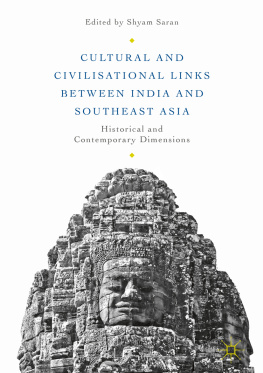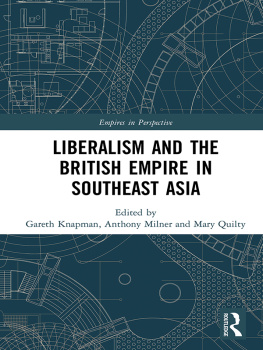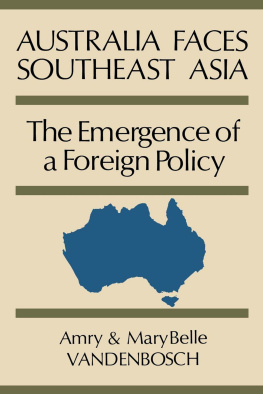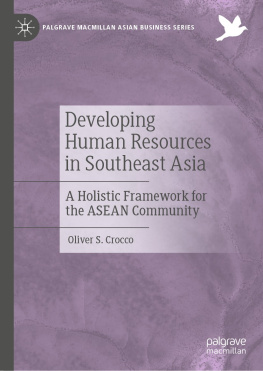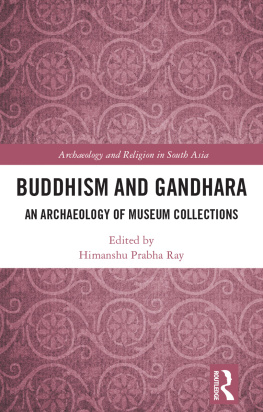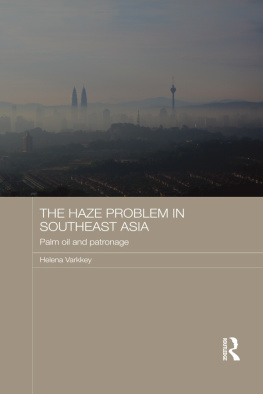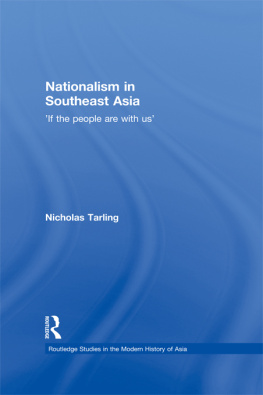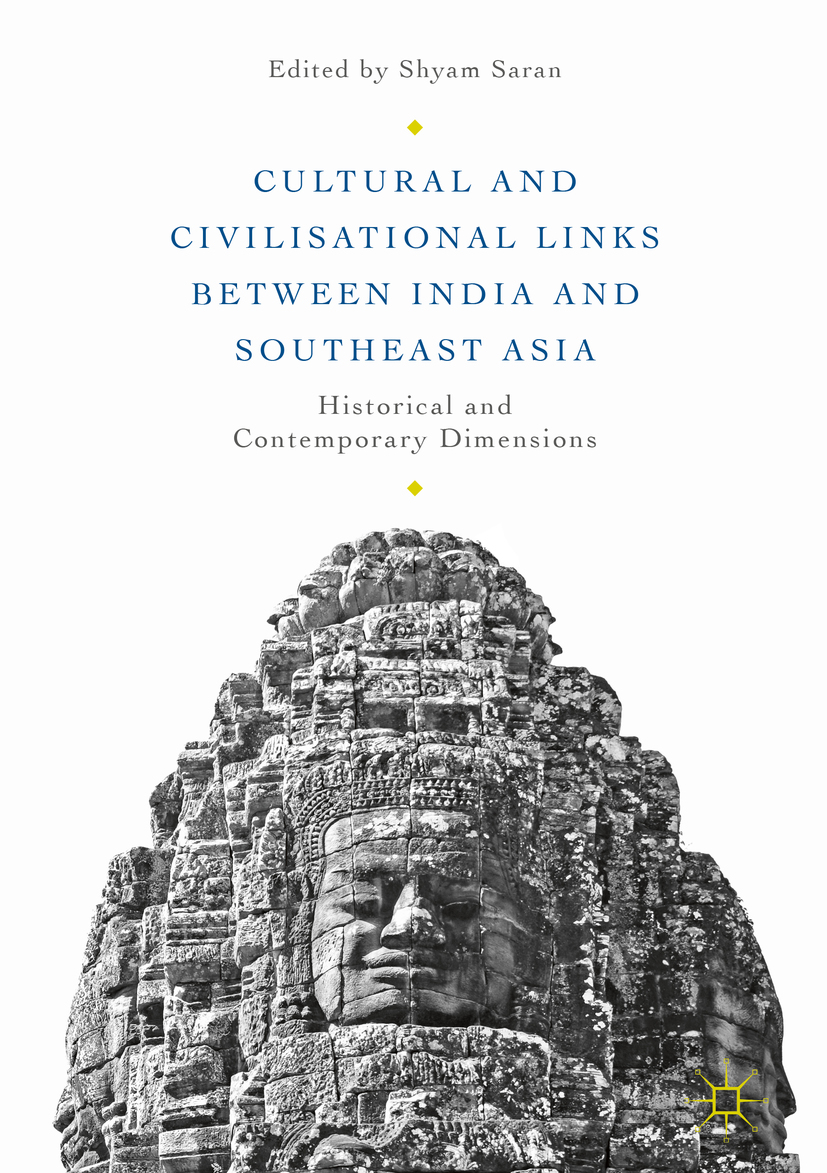India and Southeast Asia inhabit a shared geographical and cultural space. Indias cultural and civilizational linkages with Southeast Asia date back thousands of years. In fact, no other country has such strong links with Southeast Asia as India does, by way of religion, language, culture and civilization.
Indias relations with ASEAN have gained momentum, embedded firmly in culture, commerce and connectivity. Starting as a sectoral partner of ASEAN in 1992, India became a dialogue partner of ASEAN in 1996, a summit-level partner in 2002 and a strategic partner in 2012. On January 25, 2018, India and ASEAN celebrated 25 years of their partnership, at a commemorative summit in New Delhi, with the participation of Heads of State/Government from all the ten countries of ASEAN and India. For the first time, all the ten ASEAN leaders also attended Indias Republic Day celebrations on January 26, 2018, in New Delhi, as Guests of Honour.
Our shared cultural linkages help us to understand and confront contemporary challenges. Our leaders recognize that there is a need to deepen ASEAN-India ties, based on our rich cultural affinities. It is also recognized that there is a need to create greater awareness of the linkages between India and ASEAN.
The ASEAN-India Centre (AIC), Research and Information System for Developing Countries (RIS) in collaboration with the Indian Council for Cultural Research (ICCR) and the Ministry of External Affairs (MEA), Government of India, organized an International Conference on ASEAN-India Cultural Links: Historical and Contemporary Dimensions, which was held at the India Habitat Centre, New Delhi, on July 2324, 2015. Twenty-four eminent scholars from several parts of the world presented their research papers at this Conference. This book titled Cultural and Civilisational Links between India and Southeast Asia: Historical and Contemporary Dimensions , edited by Ambassador Shyam Saran, presents several dimensions of cultural linkages between India and Southeast Asia. It contains research papers, written by eminent scholars on various aspects of historical and cultural relations between India and Southeast Asia, which were presented at the Conference.
As Indias engagement with the ASEAN countries moves forward, the socio-cultural linkages between the two regions can be utilized effectively to expand collaboration, beyond the economic and political domains into areas of education, tourism and people-to-people contact. Several new ideas for strengthening our cultural relations emerge in this book.
I congratulate Ambassador Shyam Saran and the AIC in publishing this book for the use of a larger audience. I am confident this book will serve as a valuable reference for researchers and policymakers.
Preeti Saran
Preface
IndiaAssociation of Southeast Asian Nations (ASEAN) relations have witnessed remarkable growth in recent years. At the ASEANIndia Commemorative Summit 2012 in New Delhi, the two sides elevated relations to a strategic partnership. The summit welcomed the report of the ASEANIndia Eminent Persons Group and its vision statement on the future of these relations. In this context, the summit encouraged the study, documentation and dissemination of knowledge about civilization along links between ASEAN and India. Indias Act East Policy has imparted fresh momentum to these relations in all their multifarious dimensions, including in the field of arts and culture. ASEAN and India are celebrating twenty-five years of partnership.
The ASEANIndia Centre (AIC) at the Research and Information System for Developing Countries (RIS) in collaboration with the Indian Council for Cultural Relations (ICCR) and the Ministry of External Affairs (MEA), Government of India, organised an international conference ASEANIndia Cultural Links: Historical and Contemporary Dimensions at the India Habitat Centre, New Delhi on 2324 July 2015. Twenty-four eminent scholars from ASEAN countries, India and several other countries presented original research papers at this conference. They discussed a number of key issues that are relevant to the objective of deepening ASEANIndia cultural relations. These are now presented in a single volume, which will become a valuable reference for scholars and researchers, but will be of interest to the general reader as well.
I would like to record my appreciation of the efforts made by Dr Prabir De and his team at AIC in putting together this volume. I wish to thank the Director General, Dr Sachin Chaturvedi, and other colleagues at RIS for their constant support and cooperation. I wish to thank the President of ICCR, Professor Lokesh Chandra, and its former Director General, Dr Satish C. Mehta, who lent their valuable support to the conference and contributed to its success.
I am also grateful to Ambassador Anil Wadhwa, former Secretary (East), MEA, Government of India; Ambassador Preeti Saran, Present Secretary (East), MEA, Government of India; Ms Pooja Kapur, former Joint Secretary (ASEAN Multilateral), MEA, Government of India; and Mr Anurag Bhushan, the current Joint Secretary (ASEAN Multilateral), MEA, Government of India for their support and cooperation.

